The Ford F-150, an icon in the automotive world, has set the standard for performance, durability, and innovation for over seven decades. The F-150 hit the road in 1975 as part of Ford’s F-Series, which debuted in 1948. Since then, the F-150 has grown from a basic work truck into a technological marvel that consistently captures the hearts of car enthusiasts and truck owners alike.
Over its many generations, the F-150 has continuously evolved, adopting new technologies and design philosophies to stay ahead of industry trends and consumer demands. Innovations such as the introduction of the twin I-beam front suspension improved ride quality and handling, while more recent updates like the aluminum body construction and hybrid powertrains reflect the shift towards greater efficiency and advanced technology.
The F-150’s commitment to innovation is clearly evident in its adoption of advanced safety features and connectivity systems, which include adaptive cruise control, lane-keeping assist, and infotainment systems with touchscreen interfaces. Embracing the electric revolution, the F-150 has also introduced the all-electric F-150 Lightning, pushing the envelope in terms of both performance and sustainability.
Early history and initial generations for the Ford F-Series
First generation Ford F-Series (1948-1952)
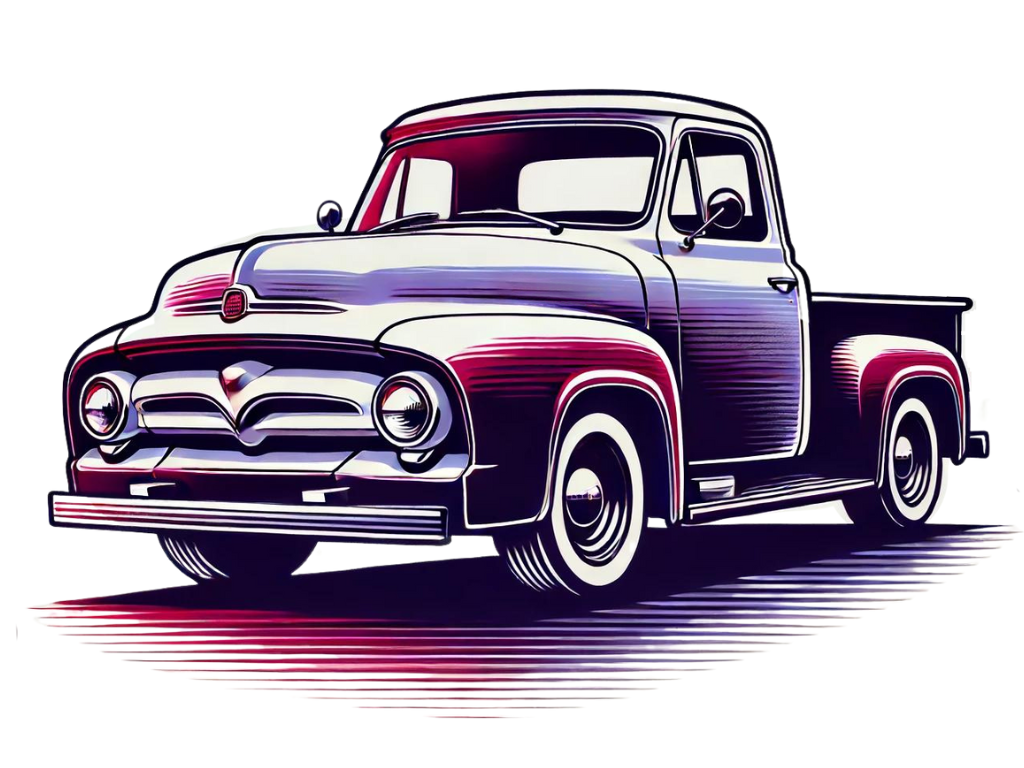
Launch and highlights
The F-Series made its debut in 1948, marking Ford’s strategic entry into the post-WWII truck market. The series was rated by weight, distinguishing it from pre-war trucks that were more utilitarian. The launch introduced the “Million-Dollar Cab,” known for its spacious comfort aimed at post-war consumers. Various body styles such as panel vans and bare and cowled chassis were available, expanding Ford’s market into medium and heavy-duty segments.
Second generation Ford F-Series (1953-1956)
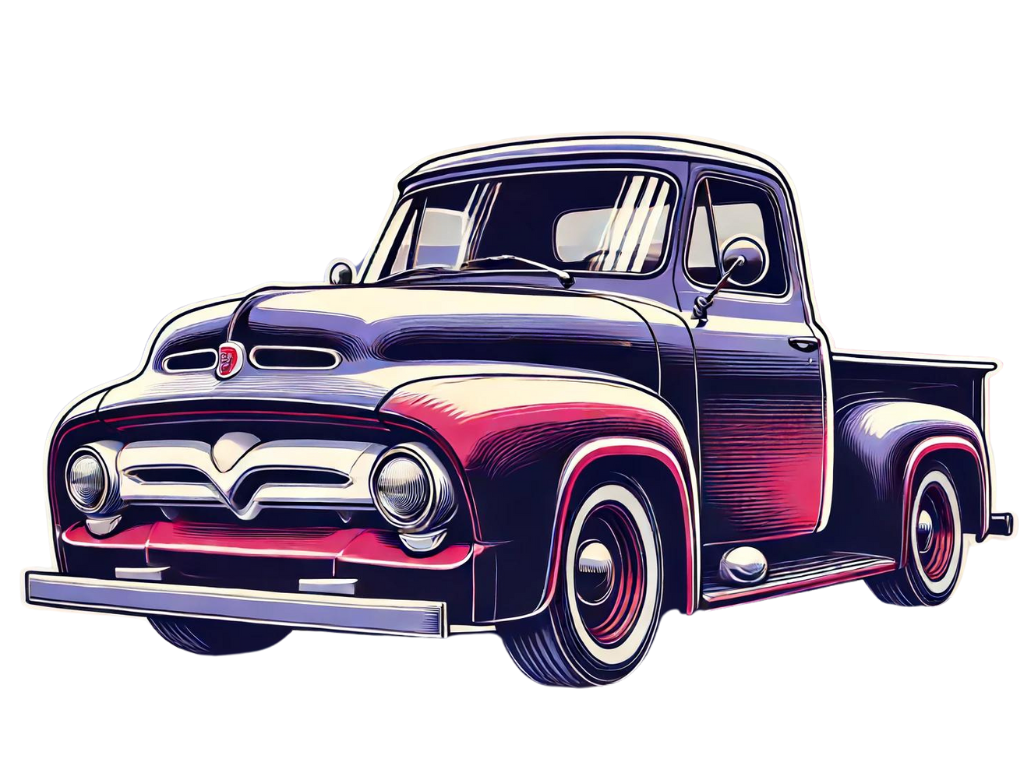
Redesign and changes
The transition from the F-1 to the F-100 marked this generation, featuring significant updates in both design and functionality. The trucks sported a stronger chassis and improved styling, which set the stage for future evolution. The redesign introduced features such as armrests, sun visors, dome lights, and even an optional automatic transmission.
Third generation Ford F-Series (1957-1960)
Styling updates
This era saw major design shifts, including a prominent hood and a larger grille. It was during this era that Ford started hinting at the wider, squared-off style that Ford pickups became famous for. In 1959, Ford factory-fitted an option for four-wheel drive for the first time, reflecting an increasing consumer interest in trucks with greater versatility and off-road capabilities.
Fourth generation Ford F-Series (1961-1966)
Introduction of modern features
This era introduced a lower and wider cab design compared to its predecessors, providing a more robust presence on the road. Aesthetic uniformity was achieved by aligning the bed sides, hood line, and window sill at the same height, which contributed to a streamlined look. The F-series reverted to the classic two-headlight design, a feature that endured for over 50 years.
This period also introduced several innovative configurations. The “integrated pickup,” launched in 1961, featured cab and bed body stampings welded together. However, this unibody truck design, initially aimed at reducing assembly complexity, was discontinued midway through 1963 due to poor market reception and rumors of structural issues when overloaded.
In 1965, Ford introduced an all-new frame that would be used through 1979. This year also marked the debut of the “Twin I-Beam” independent front suspension and the introduction of the 300 cubic-inch inline-6 engine. The same year, a four-door crew cab configuration and the powerful 208 hp 352 cubic inch FE V8 engine were both unveiled, pushing the output past 200 hp for the first time.
Fifth generation Ford F-Series (1967-1972)
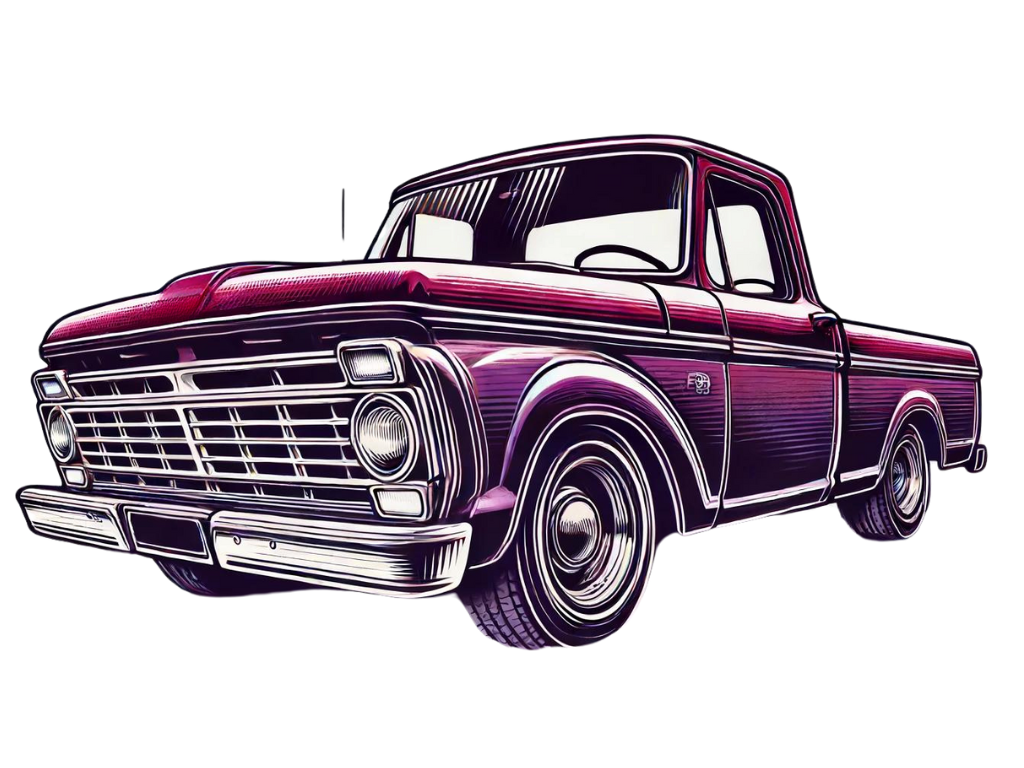
Continued refinement
The design updates in this era included a wider cab, two redesigned grilles, and modern updates to the bed. Enhanced safety features were also integrated. These updates aligned with growing consumer demands for more durable, reliable, and safer trucks that still offered modern conveniences.
As the demand for higher performance and more versatile trucks grew throughout the 1960s and 1970s, Ford continued to adapt, reflecting broader economic and regulatory changes.
Introducing the Ford F-150, an F-Series’ evolution
Ford F-150 First generation (1973-1979)
Key year: Introduction of the F-150 model (1975)
The 1973–79 models initially carried over the basic platform from the previous generation, but with significant updates to reflect future trends in truck design. A pivotal moment in this generation was the introduction of the F-150 in 1975. The F-150 filled a niche between the lighter F-100 and the heavier F-250, addressing consumer needs for a versatile and capable truck.
The cultural and economic landscape of the 1970s, including the OPEC oil embargo and evolving emissions standards, influenced Ford’s decisions. The F-150’s gross vehicle weight rating allowed it to bypass certain emissions regulations, enabling the truck to offer more powerful engine options with fewer emissions controls, which appealed to consumers seeking both power and compliance. By 1977, the F-150 had become the best-selling truck in America, a title it continues to hold.
Ford F-150 Second generation (1980-1986)
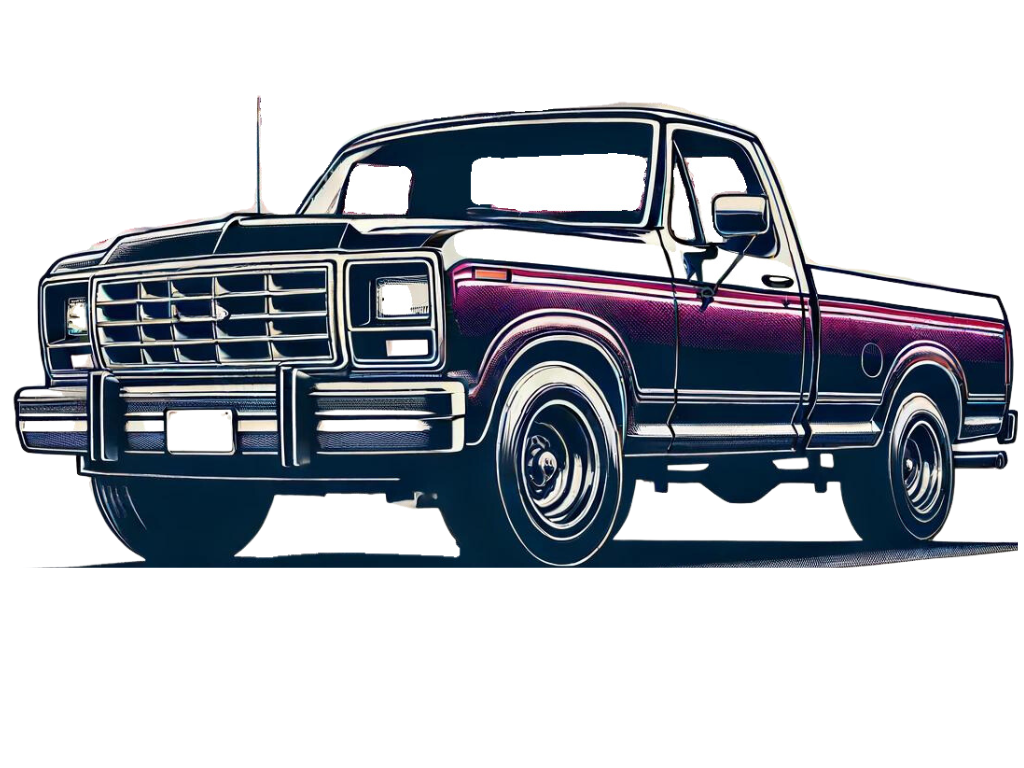
The 1980 redesign introduced a new chassis and bodywork aimed at reducing drag and enhancing fuel economy, a response to consumer demand and regulatory pressures following the fuel crises of the 1970s. This era also saw technological advancements, such as the introduction of an optional diesel engine, which provided a more fuel-efficient alternative for consumers.
Ford F-150 Third generation (1987-1991)
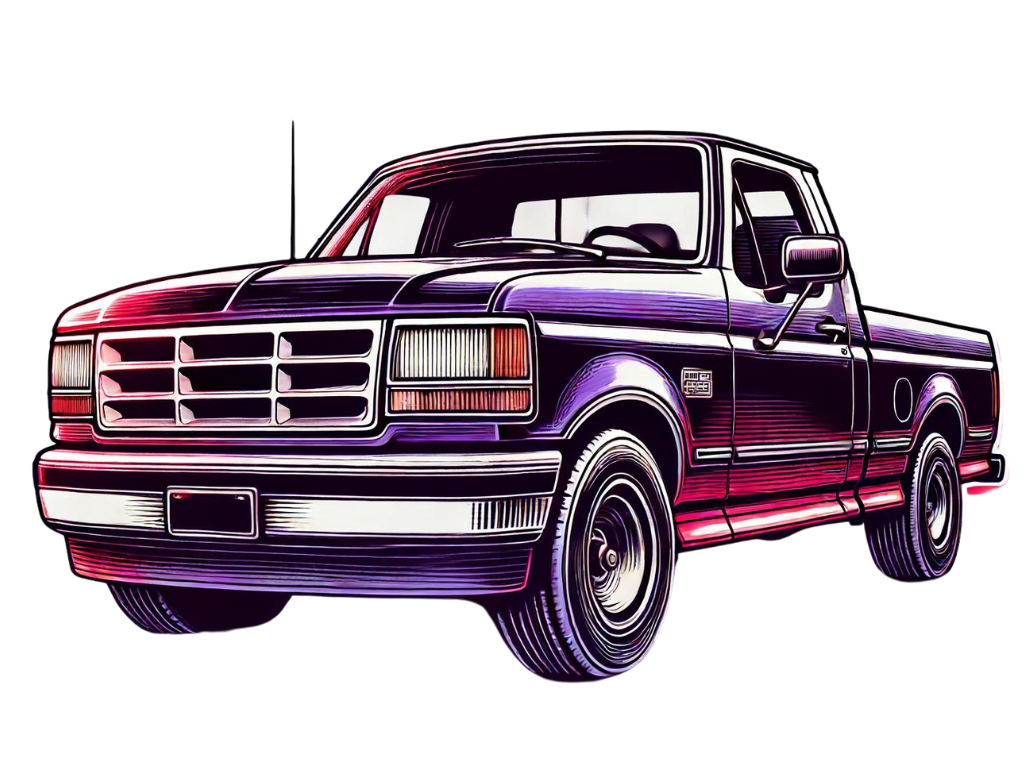
During the third generation, the Ford F-150 underwent extensive structural redesigns and began integrating advanced technological features. The body was updated to a more rounded and modern design, improving aerodynamic efficiency further. This period marked the introduction of electronic fuel injection across the engine lineup, significantly enhancing engine performance and reliability while complying with stricter emissions standards.
The era of major overhauls
Ford F-150 Fourth generation (1992-1996)
Progressive updates
The fourth generation of the F-Series, produced from 1992 to 1996, saw several significant updates. Key changes included a substantial revision of the front fascia to improve aerodynamics, rounded-off lines for the hood and front fenders, and an enlarged grille and headlights. The interior also underwent updates, featuring a redesigned dashboard and new seats, while the extended-cab (SuperCab) models received larger rear side windows.
The lineup retained the existing powertrain options, including the 7.3L International IDI diesel V8, which gained a turbocharger in mid-1993. In late 1994, the IDI diesel V8 was replaced by the Navistar International-supplied T444E V8, known as the Power Stroke.
Safety and convenience features were also enhanced throughout this period. The 1994 models introduced a slightly updated dashboard, a standard driver’s-side airbag for F-150s and light-duty F-250s, a high mount stop lamp, brake-shift interlock, and CFC-free air conditioning. New options included remote keyless entry with an alarm, compact disc player, and a power driver’s seat.
Ford F-150 Fifth generation (1997-2003)
Independent front suspension
The fifth generation introduced independent front suspension, replacing the older twin I-beam front suspension. This change provided improved ride quality and handling, crucial for attracting a broader range of consumers beyond traditional truck users.
The aesthetic overhaul included a sleeker, more aerodynamic body, reflecting contemporary automotive design trends. New interior features focused on comfort and convenience, aligning the F-150 more closely with passenger vehicle standards.
Special models: SVT Lightning (1999)
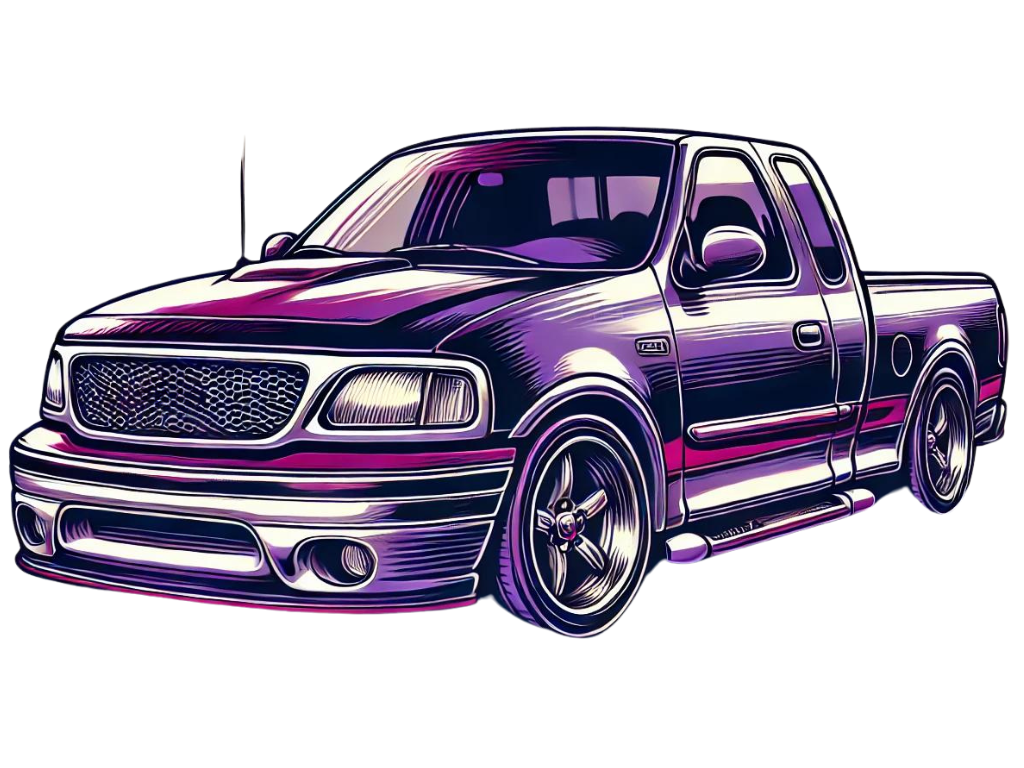
Performance enhancements
In 1999, Ford introduced a high-performance variant of the F-150, the SVT Lightning, powered by a 360-horsepower supercharged 5.4L V8. Its specially tuned suspension improved handling and distinguished it from standard F-150 models.
Ford F-150 Sixth generation (2004-2008)
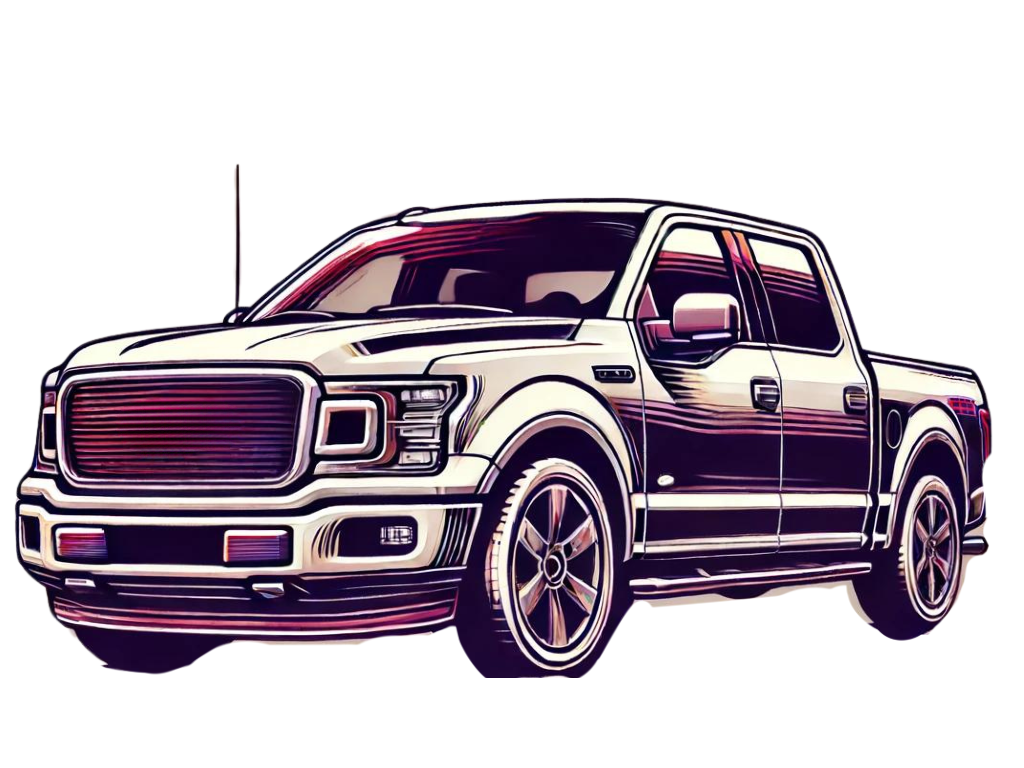
Modernization
This generation featured a redesigned body and chassis, incorporating a new triple-bar grille and distinctive stepped-down side windows. This era marked the introduction of various cab configurations, such as the SuperCrew and SuperCab. The range of powertrains included a 4.6-liter V8, a 5.4-liter three-valve-per-cylinder V8, and a 4.2-liter V6, with the latter only available in regular-cab 4×2 trucks. This generation also brought luxury and performance variants like the Lincoln-Mercury Mark LT and the high-performance Foose Edition.
Ford F-150 Seventh generation (2009-2014)

Technological advances
The seventh generation of the F-150 focused heavily on integrating advanced technology and safety features. This included the addition of Ford’s SYNC infotainment system, which revolutionized in-cabin connectivity, allowing for voice commands and seamless integration of mobile devices. Safety was also a key focus, with features such as trailer sway control and an available rearview camera. The F-150 maintained its robustness with multiple towing and payload configurations, ensuring it continued to meet heavy-duty demands.
Eighth generation (2015-2020)

Aluminum body
The introduction of an aluminum body over a high-strength steel frame reduced the truck’s weight by up to 700 pounds, significantly boosting fuel efficiency and payload capacity. This era saw the introduction of advanced features such as adaptive cruise control, lane-keeping systems, and improved towing and payload technology.
A notable addition to this generation was the F-150 PowerBoost, a hybrid model featuring a 3.5-liter V6 engine paired with an electric motor.
Ninth generation (2021-Present)

Cutting-edge technology
The ninth generation F-150 incorporates cutting-edge technology to enhance driver experience and safety. Notably, this generation introduced a massive 12.0-inch infotainment system equipped with Ford’s latest SYNC 4 software, providing over-the-air updates and enhanced connectivity. Safety advancements included state-of-the-art features like the Pro Power Onboard generator, offering up to 7.2 kW of electrical output, and Ford’s Active Drive Assist for hands-free driving on highways.
Upcoming tenth generation (Expected 2026)
Future expectations
The upcoming tenth generation of the F-150 is expected to continue the trend of significant advancements in design, technology, and performance. Anticipated improvements include further integration of electrification, possibly expanding the hybrid and fully electric variants to meet the increasing demand for sustainable vehicles. Enhancements in autonomous driving features, increased connectivity options, and further weight reduction techniques are likely to be key focuses.
/filters:quality(70)/F150-generations.png)
/filters:quality(70)/bumper-logo-icon.png)
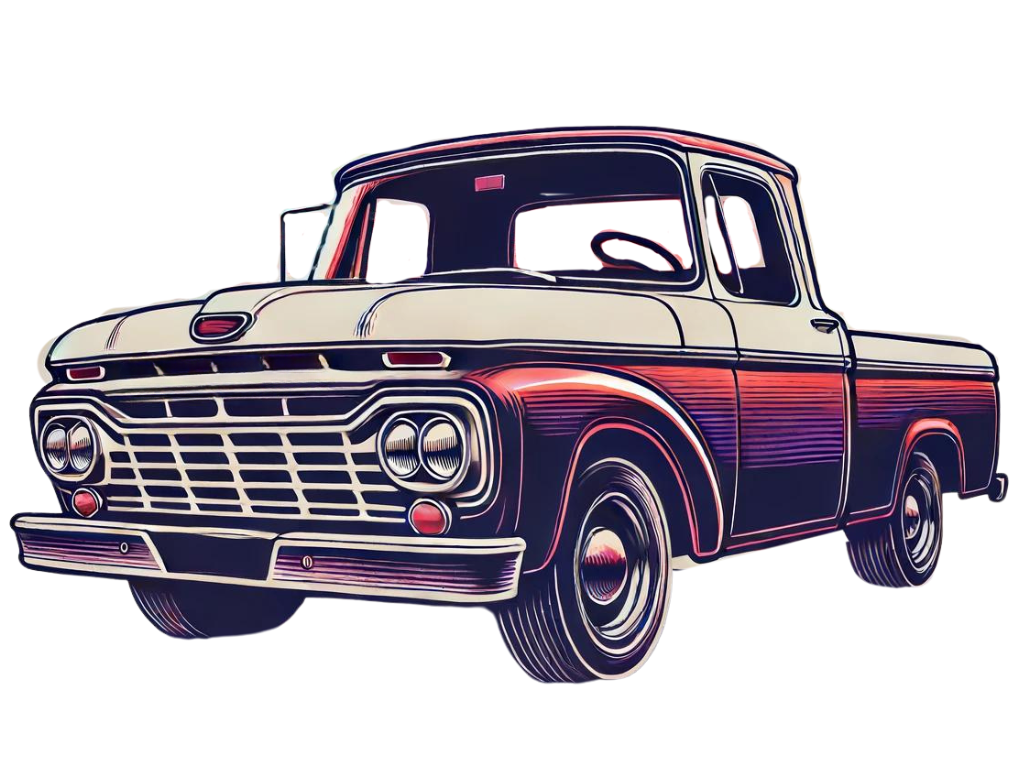
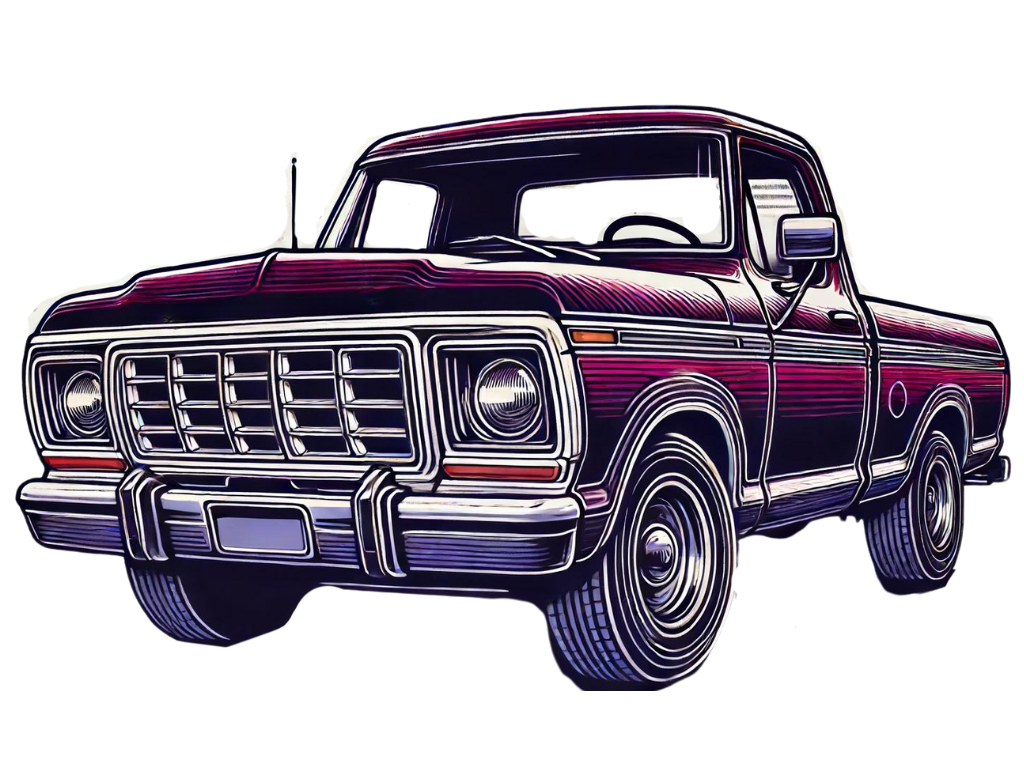
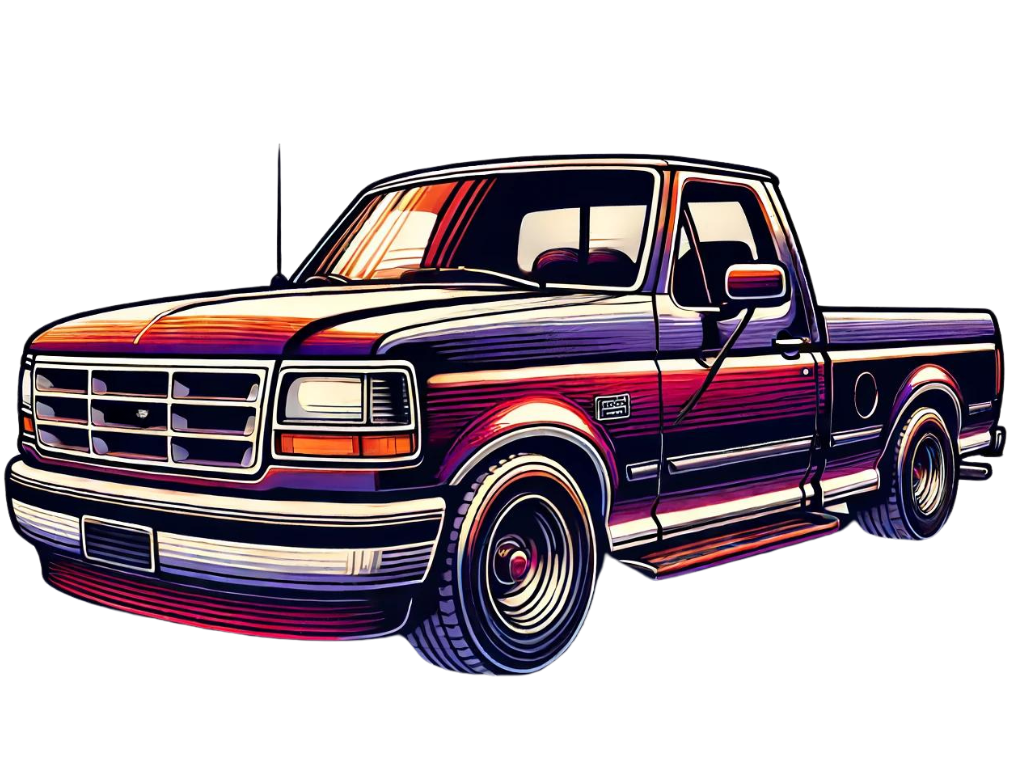
/filters:quality(100)/tesla.jpeg)
/filters:quality(100)/charging-ev.jpeg)
/filters:quality(100)/EV-battery-packs.jpeg)
/filters:quality(100)/2021-01-15-Buying-a-Used-Car-Checklist-CDN.png)